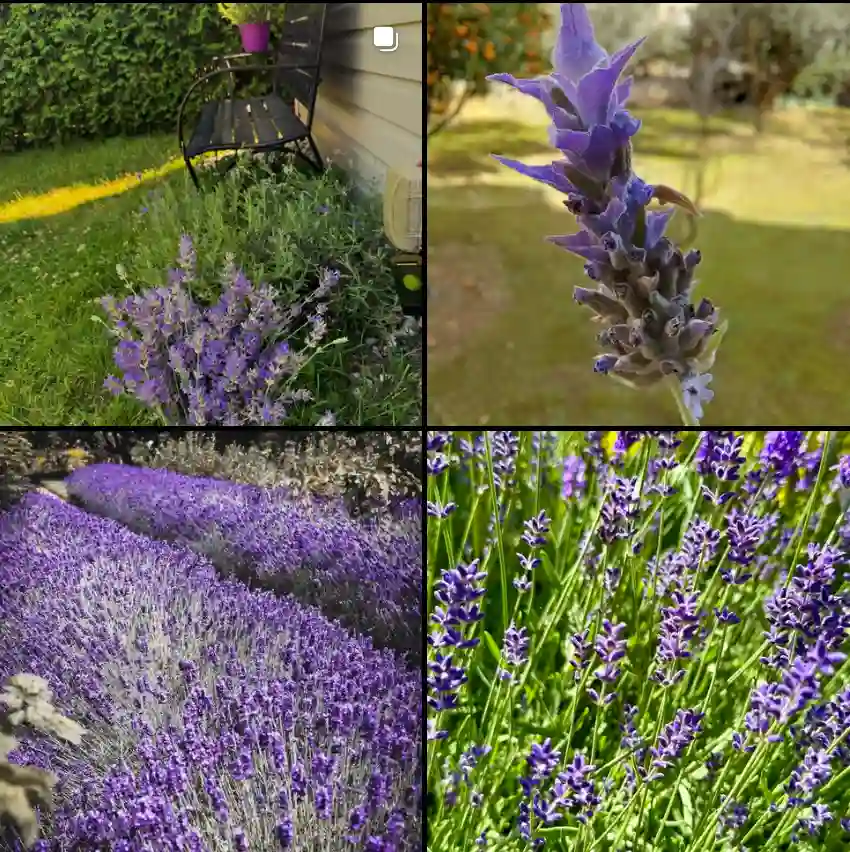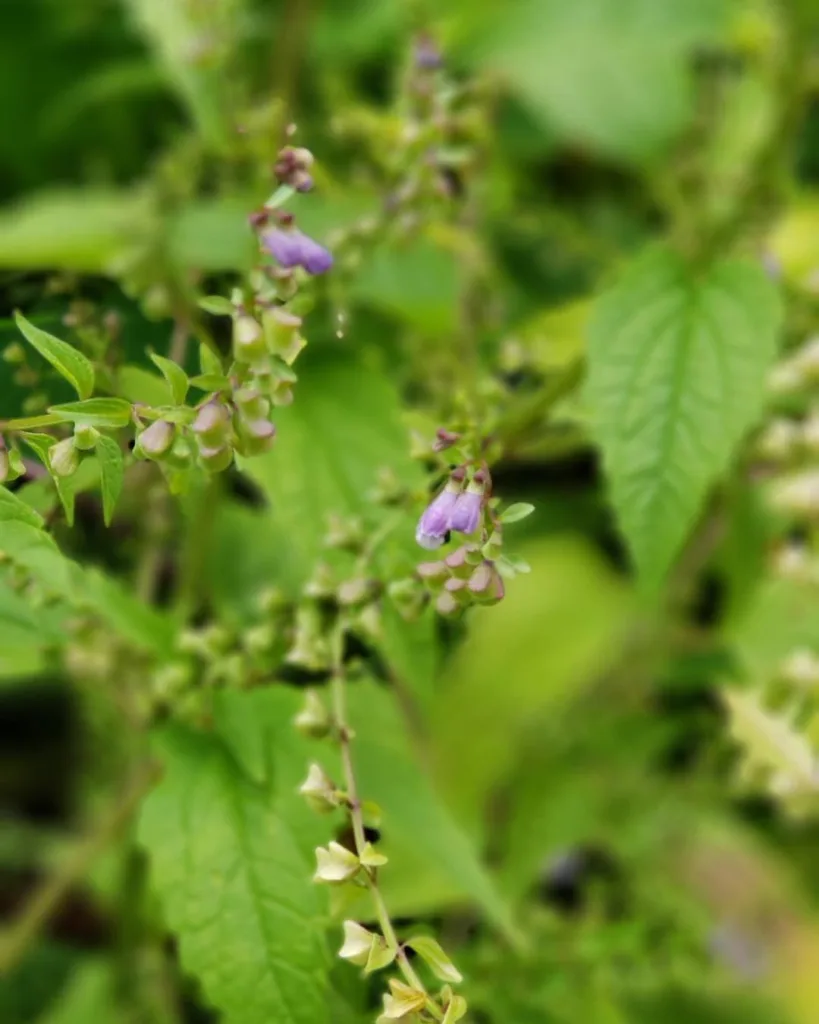
All You Need to Know About Vitis Cinerea
Hi there, Ferb Vu here! Today, we’re diving into the world of Vitis cinerea, also known as the graybark grape. This wild grapevine is a native of North America, and while it may not be cultivated for commercial wine production, it holds a unique place in the ecological landscape.
Whether you’re a curious gardener, a wildlife enthusiast, or simply someone who enjoys learning about native plants, this FAQ will answer all your burning questions about Vitis cinerea.
84 Species in Genus Vitis
What is Vitis cinerea?
Vitis cinerea is a deciduous vine belonging to the grape family (Vitaceae). It’s known for its distinctive gray bark, which gives it its common name. This climber can reach impressive lengths, with some vines stretching up to 50 feet!
Where can I find Vitis cinerea?
Vitis cinerea is widespread across the eastern half of the United States. Its range stretches from Texas in the west to Illinois in the north and Florida in the south. So, if you’re exploring woodlands, thickets, or riverbanks in these regions, you might just stumble upon this wild grapevine.
What does Vitis cinerea look like?
Let’s get down to the details. Vitis cinerea has lobed leaves, which are typically smooth on the underside with a few cobwebby hairs visible only under close inspection. In the fall, these leaves transform into a vibrant display of yellow, orange, and red hues.
The star of the show, however, are the berries. Vitis cinerea produces small, black grapes that are juicy but packed with seeds. While the fruit ripens in late fall, their tough skin and bitter taste make them less than appealing for fresh eating.
Can I eat Vitis cinerea grapes?
Technically, yes, Vitis cinerea grapes are edible. However, their bitterness and high seed content make them a less-than-desirable snack. If you’re looking for delicious grapes, stick to cultivated varieties!
What role does Vitis cinerea play in the ecosystem?
Vitis cinerea plays a vital role in the ecological balance. Its fruits provide a valuable food source for many wildlife species, including birds, raccoons, and opossums (hence the nickname “possum grape”).
Furthermore, Vitis cinerea vines create a protective habitat for smaller creatures and contribute to healthy soil development through their root systems.
Is Vitis cinerea a good addition to my garden?
Vitis cinerea can be a beautiful addition to a wildlife garden. It attracts pollinators and provides food and shelter for wildlife. However, keep in mind that it’s a vigorous climber and can become invasive if left unchecked.
How do I care for Vitis cinerea in my garden?
If you decide to plant Vitis cinerea in your garden, provide it with a sturdy support structure to climb on. Choose a sunny location with well-drained soil. Once established, Vitis cinerea requires minimal care, although occasional pruning may be necessary to control its growth.
Is Vitis cinerea related to cultivated grapes?
Yes, Vitis cinerea is indeed related to the cultivated grapes we enjoy in our wines and on our tables. It belongs to the same genus, Vitis. However, cultivated grapes are derived from different species within the genus, such as Vitis Californica and Vitis Amurensis.
Conclusion
Vitis cinerea, the graybark grape, is a fascinating native plant with ecological significance and a touch of wild charm. While its fruits may not be for everyone, its contribution to the natural world is undeniable.
So, the next time you’re exploring natural areas in the eastern United States, keep an eye out for Vitis cinerea. You might just discover a hidden gem in the wild.
If i die, water my plants!



